If you walk in on a team of graphic designers, you may be believe you’ve just stumbled into a PC gaming tournament. To power 3D intensive applications, many of those users seek out powerful gaming laptops. They can carry them to the field as a bonus, with or without the RGB.
Video editors are similarly enticed by gaming laptops. They’re often right behind gamers in the queue when a new model sees light of day. Bleeding-edge hardware and new screen technology constantly ups the ante for these users who depend on the best.
Are gaming laptops a good choice for a budding video editor or graphic designer? We’ll go over the hardware typically required, the all-important screen, and the drawbacks you will be dealing with by going this route.
Further reading: Best gaming laptops 2024: What to look for and highest-rated models
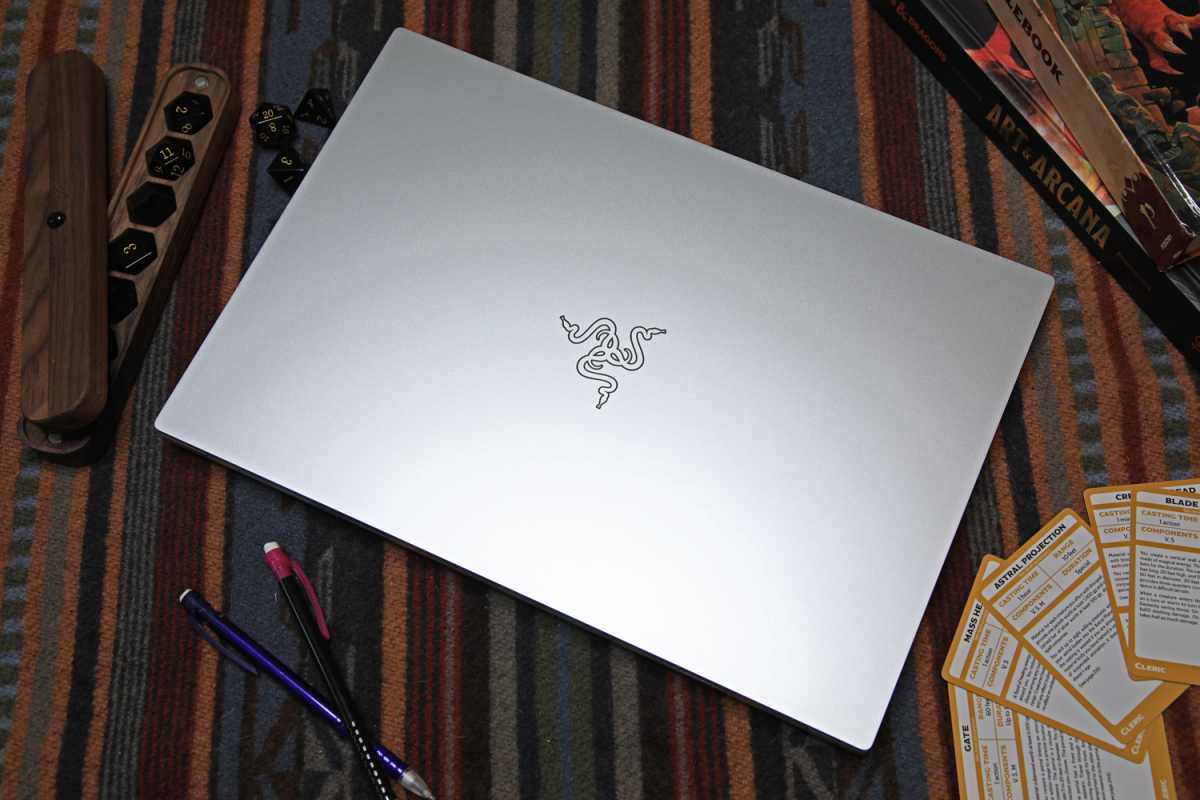
IDG / Matthew Smith
IDG / Matthew Smith
<div class="scrim" style="background-color: #fff" aria-hidden="true"></div>
</div></figure><p class="imageCredit">IDG / Matthew Smith</p></div>Performance
On the surface, it makes a lot of sense why professional users go on this RGB-laden path. Robust gaming laptops such as the Razer Blade 16 are filled to the brim with an overabundance of hardware. They’re chock full of RAM and the fastest mobile CPUs. The Intel Core i9-14900HX and Powerhouse GPUs such as the Nvidia GeForce RTX 4090 with 16GB of VRAM delivery astounding levels of performance.
It’s simple: PC games demand maximum performance of the GPU, CPU, and RAM. This means that gaming laptops are conveniently equipped to deal with non-gaming tasks. Video editing relies heavily on the GPU, with some CPU backup. 3D Graphics workflows are likewise dispatched intuitively, taking advantage of the same potent hardware.
Utilitarian workstation laptops may have unnecessary specialized hardware that adds to the price. Much of consumer grade hardware is well-suited for workflows such as Blackmagic Design’s Davinci Resolve or Adobe Photoshop.
Nvidia’s CUDA on its GPUs make easy work of 3D tasks, along with available Studio Drivers on consumer hardware.
Desktops can have higher performance for a lower price, but with a lack of mobility as a caveat.
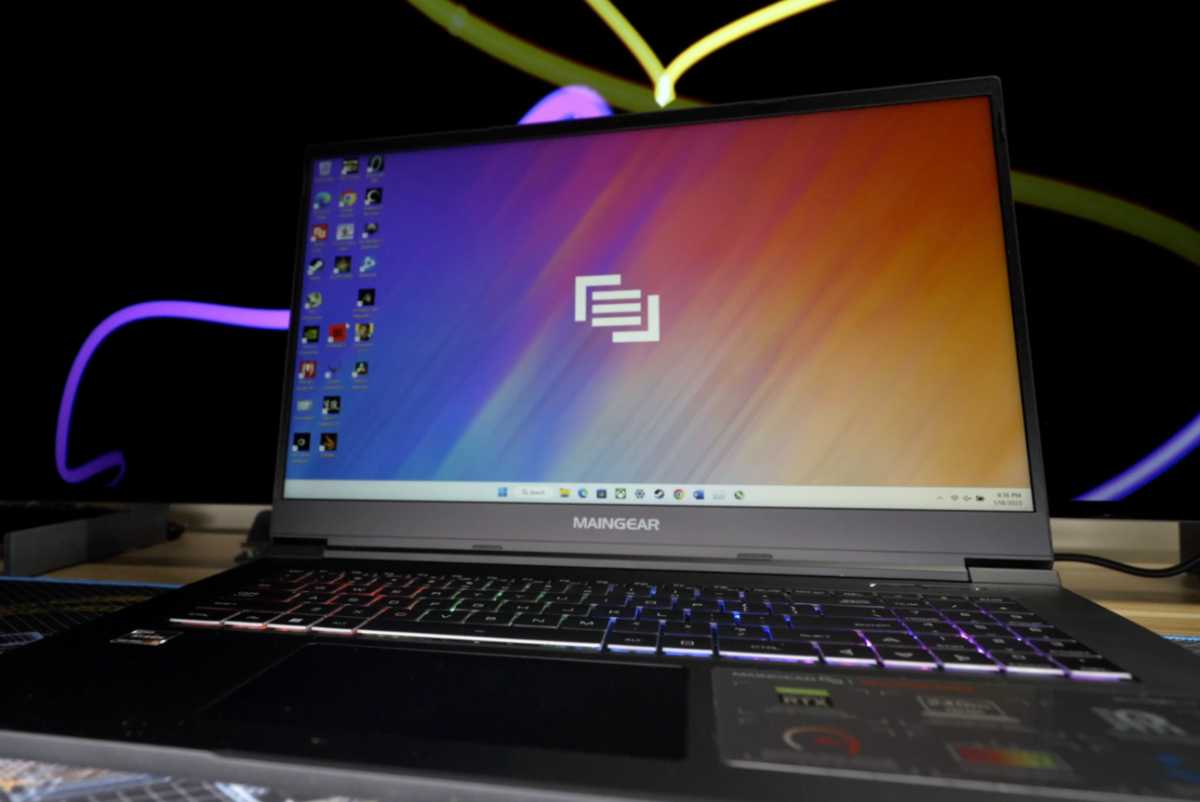
Thiago Trevisan/IDG
<div class="lightbox-image-container foundry-lightbox"><div class="extendedBlock-wrapper block-coreImage undefined"><figure class="wp-block-image size-large enlarged-image"><img decoding="async" data-wp-bind--src="selectors.core.image.enlargedImgSrc" data-wp-style--object-fit="selectors.core.image.lightboxObjectFit" src="" alt="thiago" class="wp-image-2323406" width="1200" height="803" loading="lazy" /></figure><p class="imageCredit">Thiago Trevisan/IDG</p></div> </div></figure><p class="imageCredit">Thiago Trevisan/IDG</p></div>Let’s break down what you’re getting in a high-end laptop. Workflows with video editing or 3D graphics will depend on the GPU. The CPU plays a vital role with photography and overall performance.
CPU
The fastest gaming laptops will pack a CPU such as the Intel Core i9-14900HX or an AMD Ryzen 9 8945HX. Power draw is lower than desktop counterparts due to thermal limits. The Intel Core i9-14900HX utilizes a whopping 24 cores and 32 threads. This means it will breeze through synthetic benchmarks such as Cinebench R23 and software such as Handbrake.
Adobe Creative Cloud users with apps such as Photoshop will benefit from these fast CPUs. The highest clock speeds are shy of their desktop counterparts, but they remain capable. Encoding and decoding can also be a benefit with modern CPUs for video editors where the GPU is not needed.
New chips such as the Intel Ultra Core lineup have built-in AI capabilities, which help to regulate performance and power usage.

Thiago Trevisan/IDG
<div class="lightbox-image-container foundry-lightbox"><div class="extendedBlock-wrapper block-coreImage undefined"><figure class="wp-block-image size-large enlarged-image"><img decoding="async" data-wp-bind--src="selectors.core.image.enlargedImgSrc" data-wp-style--object-fit="selectors.core.image.lightboxObjectFit" src="" alt="thiago" class="wp-image-2323405" width="1200" height="905" loading="lazy" /></figure><p class="imageCredit">Thiago Trevisan/IDG</p></div> </div></figure><p class="imageCredit">Thiago Trevisan/IDG</p></div>A drawback of these powerful CPUs will come down to cooling. Thermal limits are quickly reached and result in throttled performance. Higher fan noise will be expected unless power settings are tweaked by the user. Laptop cooling pads will be essential for prolonged sessions. Video editing or 3D design software can often have similar demands as gaming on the hardware.
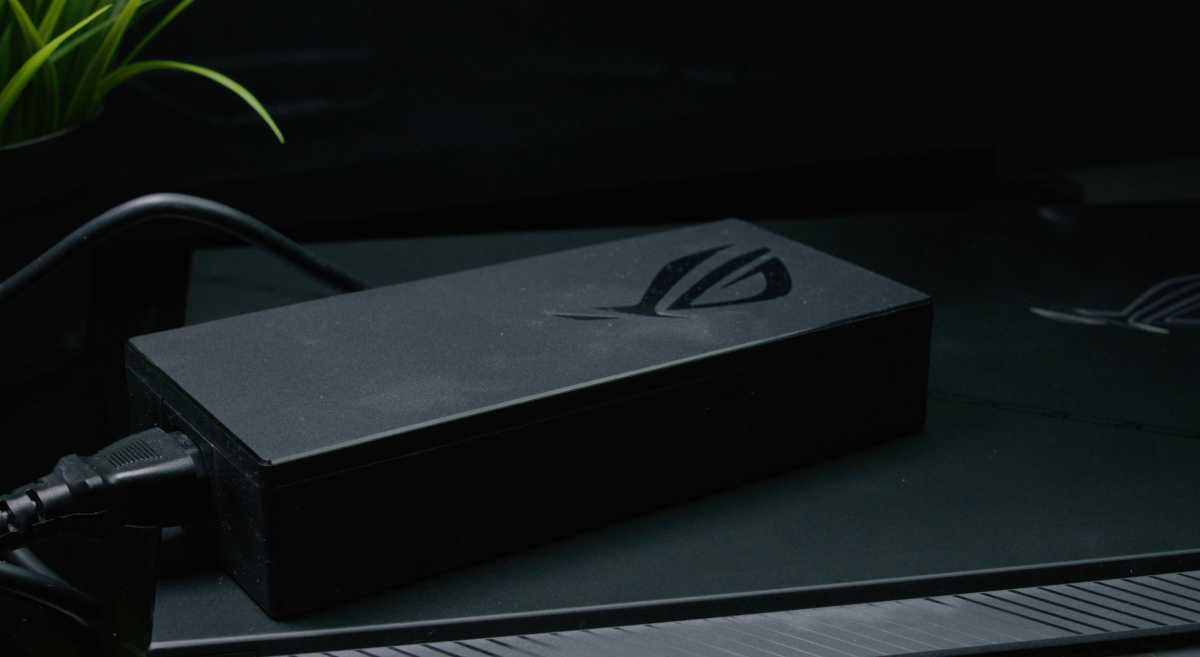
Autentifică-te pentru a adăuga comentarii
Alte posturi din acest grup
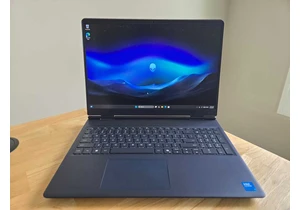


TL;DR: For just $29.97, you can get a lifetime licen
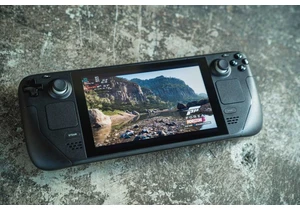
I’ve wanted a Steam Deck from the first moment I saw one. But I haven



So many people haven’t been able to upgrade their older Windows compu
